Russian Photography Before 1917
In this article, we will tell you about Russian photography before 1917 and what led to the Soviet-era photography industry.
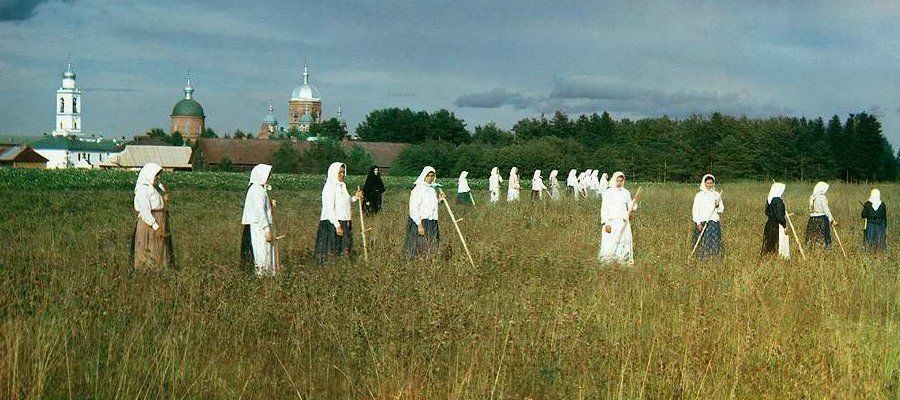
Due to the fact that the Russian Academy of Sciences constantly monitored the development of science and technology in the world, Russia got acquainted with photography in the year of its invention.
As early as 1839, the very first investigations in the field of photography began in the Russian Empire. And the very next year, that is, in 1840 the first Russian camera was produced, which was in no way inferior to the most advanced cameras of that time.
In the early years of the development of photography (then daguerreotype), shooting was mainly carried out by wealthy people, as it was an expensive undertaking.
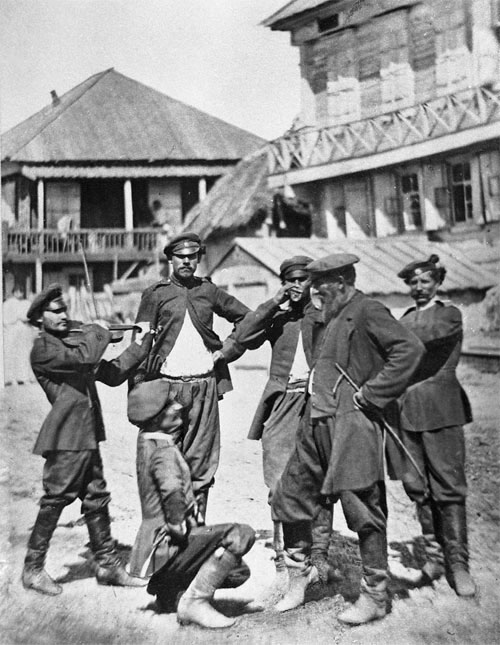
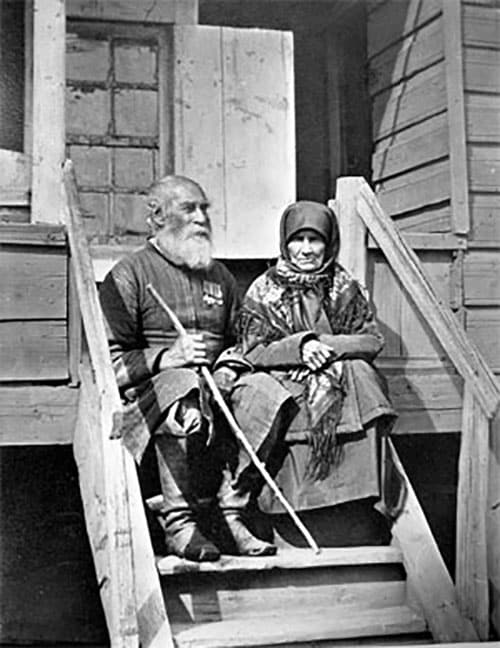
An important event in the development of art photography in Russia was the opening of the first “art cabinet” for portrait photography in June 1840. The first photographic studios were rooms with one or more pinhole cameras. Degerotypes could be either small to insert them into medallions, or large. Exposure during shooting lasted in clear weather for several seconds, in overcast – up to half a minute.

For the development of photography in Russia, not only pavilions were founded, but also photo accessories stores. Photographers could buy in these stores cameras and photo accessories made by various companies all over Europe.
It is interesting that at the dawn of the development of photography in Russia, its relationship with the state did not always develop smoothly. A story is known when in 1843 the St. Petersburg photographer D’Avignon decided to make a trip to Russia in order to photograph the sights of cities. He visited Moscow, Ukraine, then went to Siberia.
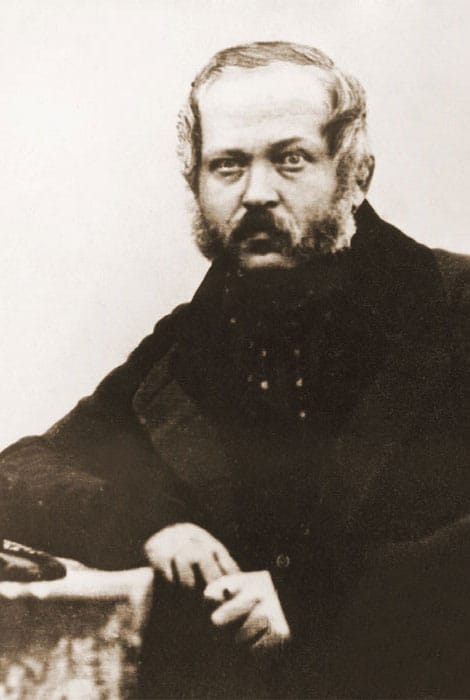
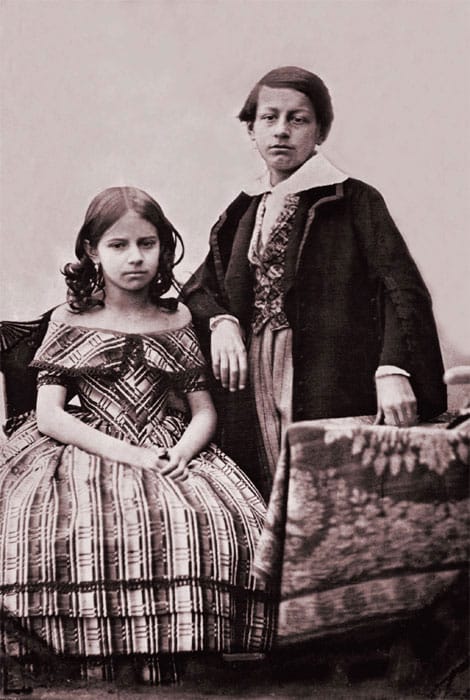
Daguerreotypes from a distant land unknown to Europe could bring great success and fame to the photographer. In the cities passed by D’Avignon, the Decembrists lived in the settlement. The photographer made several portraits, including portraits of Volkonsky, Panov, Poggio.
Due to denunciation to Petersburg, the photographer was arrested.
The commission of inquiry did not find any violations of the law, but the gendarmes tracked down all the plates with the portraits taken by D’Avignon and destroyed most of them. Daguerreotype caused suspicion among the tsarist officials, and a corresponding assignment was made to the local authorities.
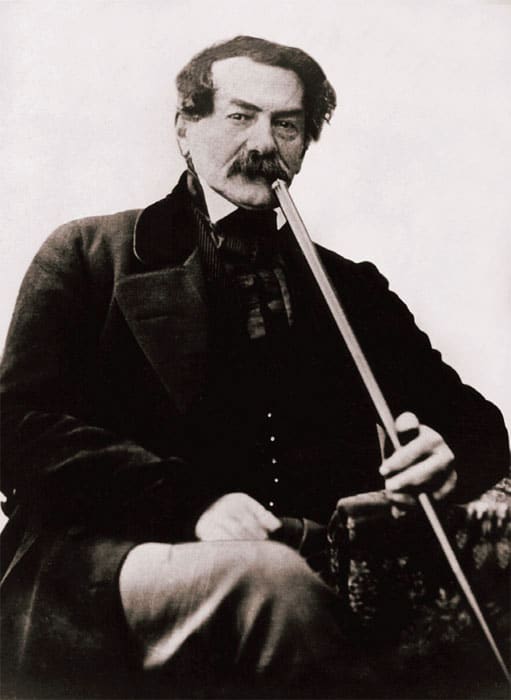
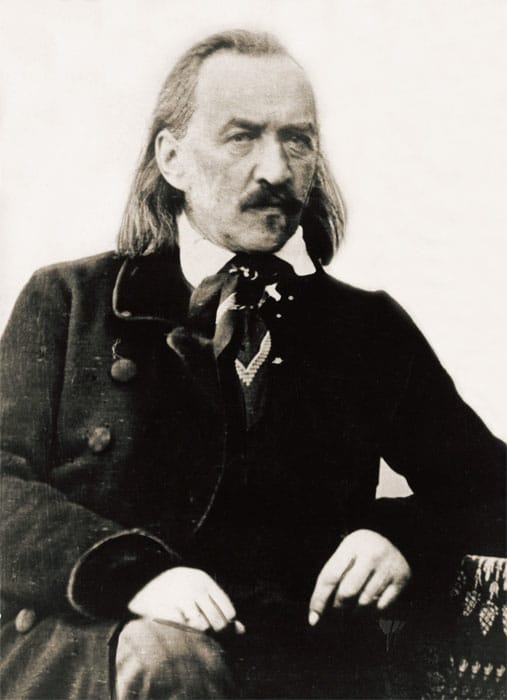
Nevertheless, in those years, the development of photography in tsarist Russia was quite rapid, as evidenced by a large number of various magazines. In the 80s of the XIX century, the first magazine dedicated to photography was published in the country.
In the late 80s of the XIX century in Russia, the camera began to be used for aerial photography. The lieutenant of the imperial army, inventor and pilot-aeronaut A. Kovanko managed to photograph the earth’s surface in the St. Petersburg region from a height of about 800 meters. And in 1894, the camera of N. Yanovsky appeared, with the help of which it was possible to take a series of monumental photographs to display a moving object.
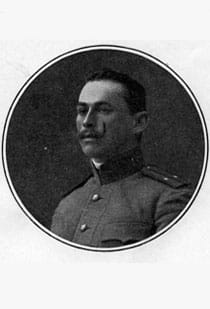
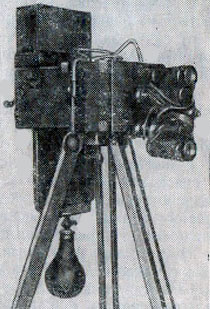
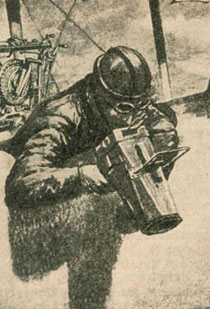
Since there was clearly no mass production of affordable devices for the people in Russia, and most of the cameras were imported from abroad. Taking a photograph was quite expensive and was not accessible to the masses. In addition, we must not forget that to master the technique of photography it was necessary to have at least a minimum level of education.
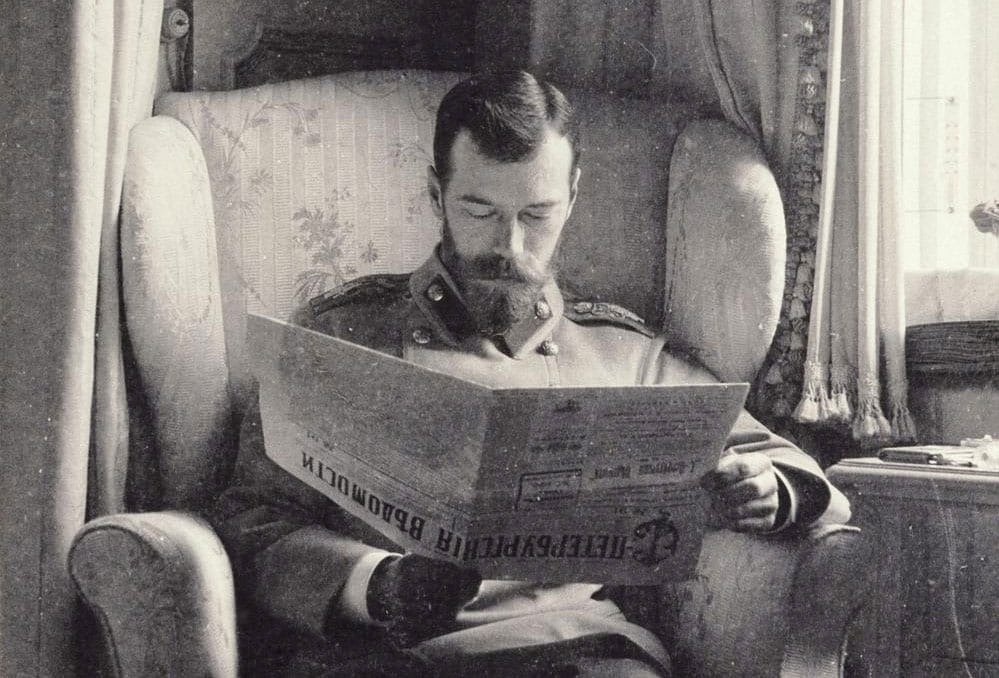
Nevertheless, by the beginning of the 20th century, photographers were well equipped technically: there were already lenses that could draw images with great sharpness in all plans. Photometers allowed to select the correct exposure. Plates and films were produced with a photo layer sensitive to various light rays, which gave improved color reproduction.
By the end of the 19th century, many small private firms produced cameras that had lenses and other parts made in Germany and France.
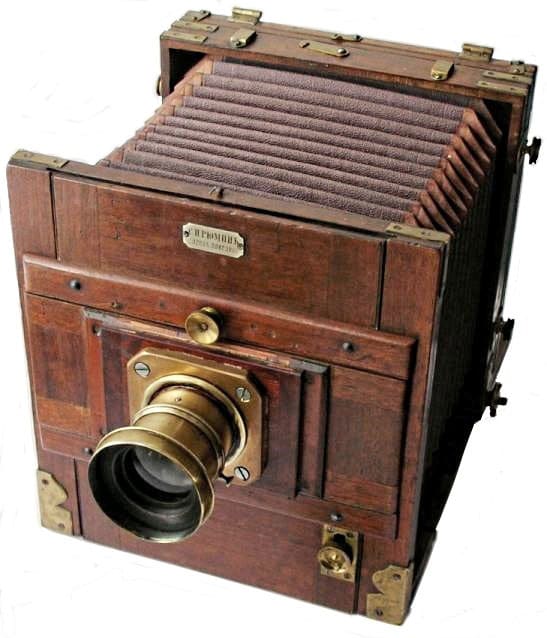
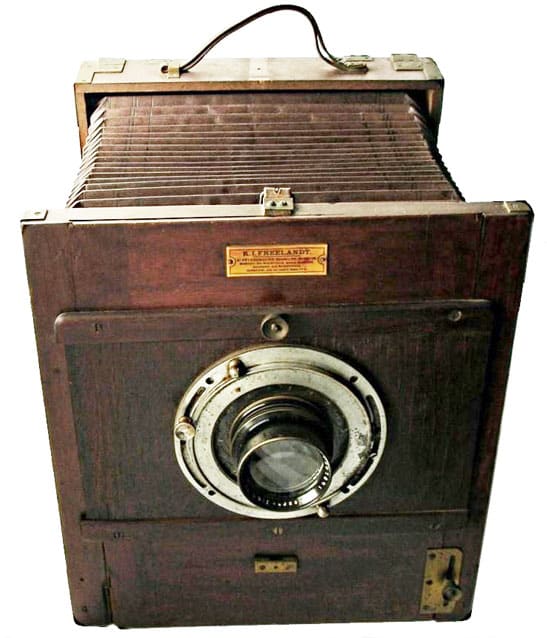
On December 13, 1902, Prokudin-Gorsky announced the creation of color transparencies using the three-color photography method of A. Mite, and in 1905 he patented his sensitizer, which significantly surpassed the quality of similar developments by foreign chemists, including the Mite sensitizer.
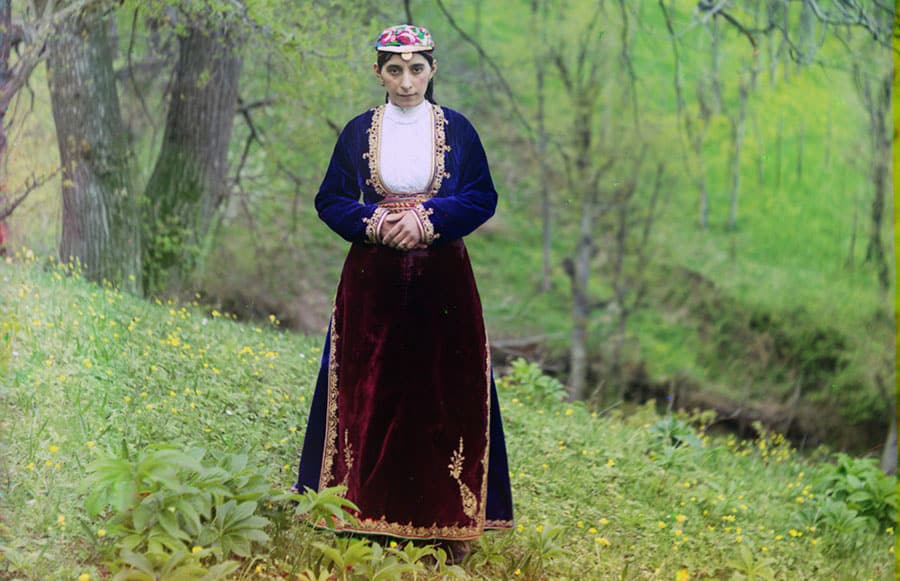
In 1905, the first Russian state optical workshop was opened at the Obukhov Steel Plant. Almost simultaneously with the foundation of optical production at the Obukhov plant, the government entered into agreements with German optical companies Zeiss and Hertz on the organization of two optical-mechanical plants within Russia.
In 1905, a branch of the Zeiss factory, and later Hertz, was opened in Riga. The future creators of optical production in Krasnogorsk got their first experience at these two enterprises
In 1910 was invented a photographic apparatus, called “Разведчик” (Scout), which gives greatly enlarged photographs from a distance of about 5 miles. The Scout had great importance for military affairs and for expeditions.
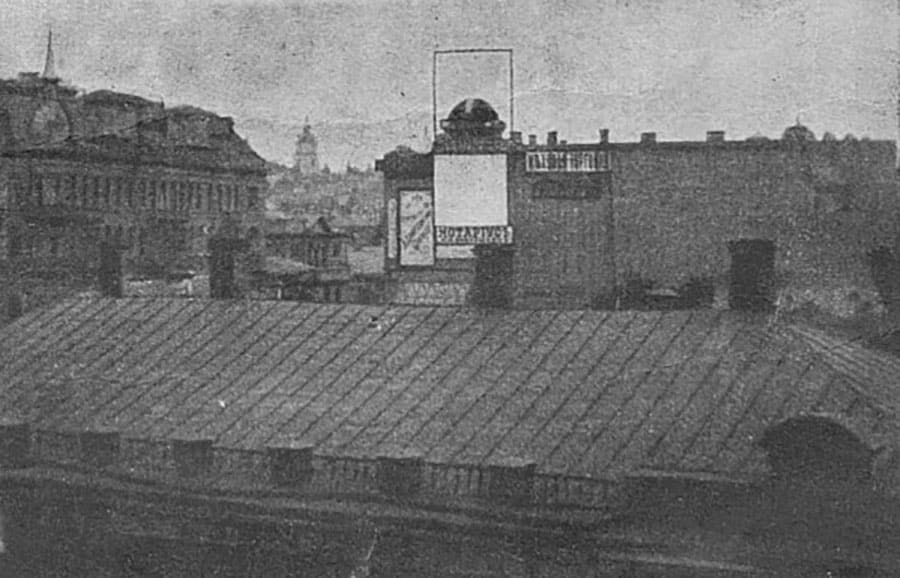
October 27, 1916, Russian inventor E.E. Gorin filed an application for an invention under the name “Electrophotographic apparatus”. It was the development of this idea that later led to the creation of photocopying.
But it was a photograph in pre-revolutionary Russia. After 1917, everything changed.
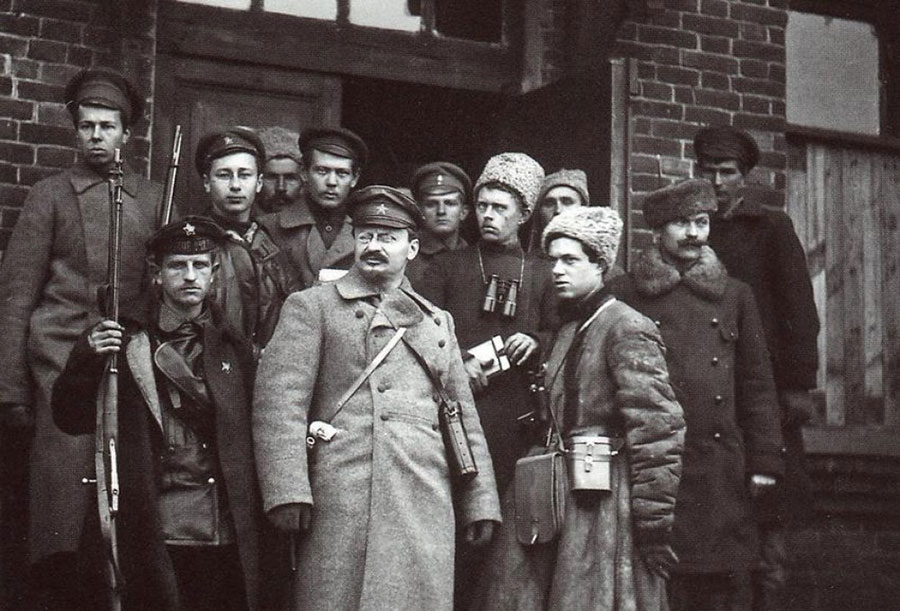


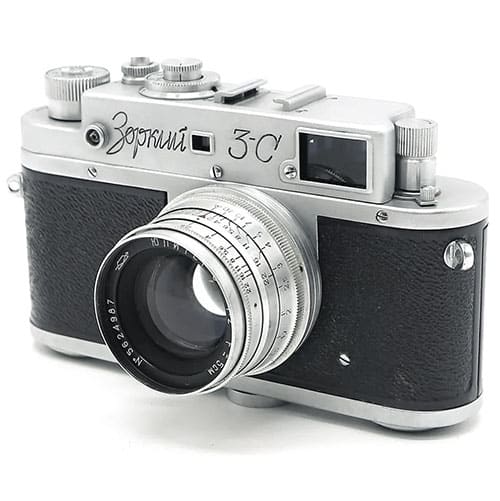
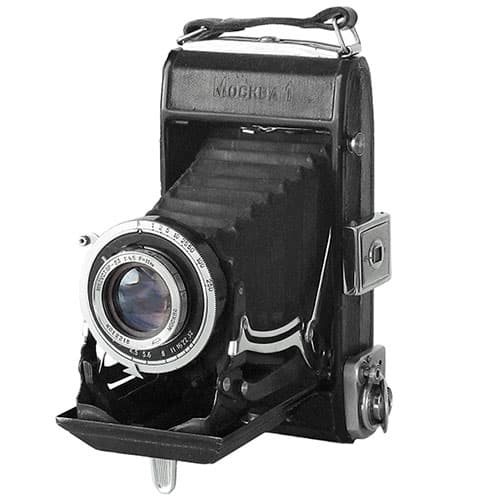
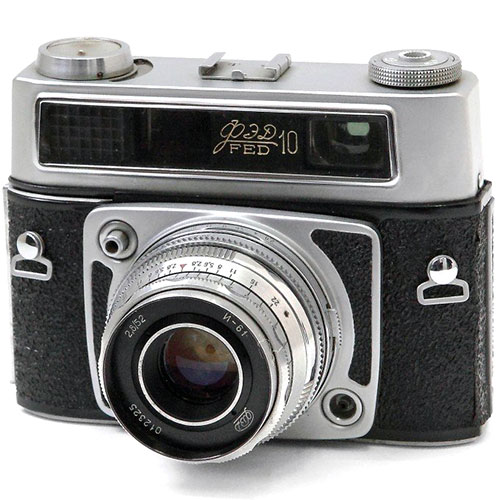
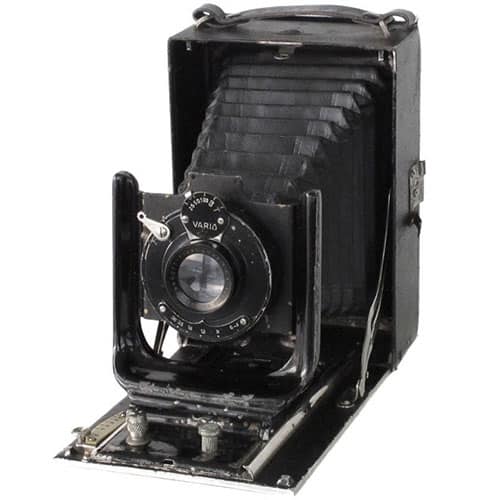
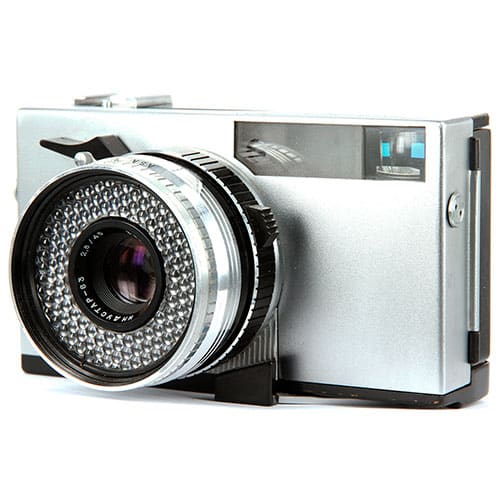
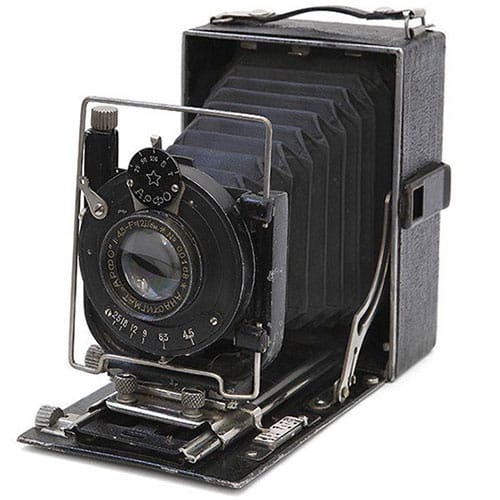
Very interesting article.